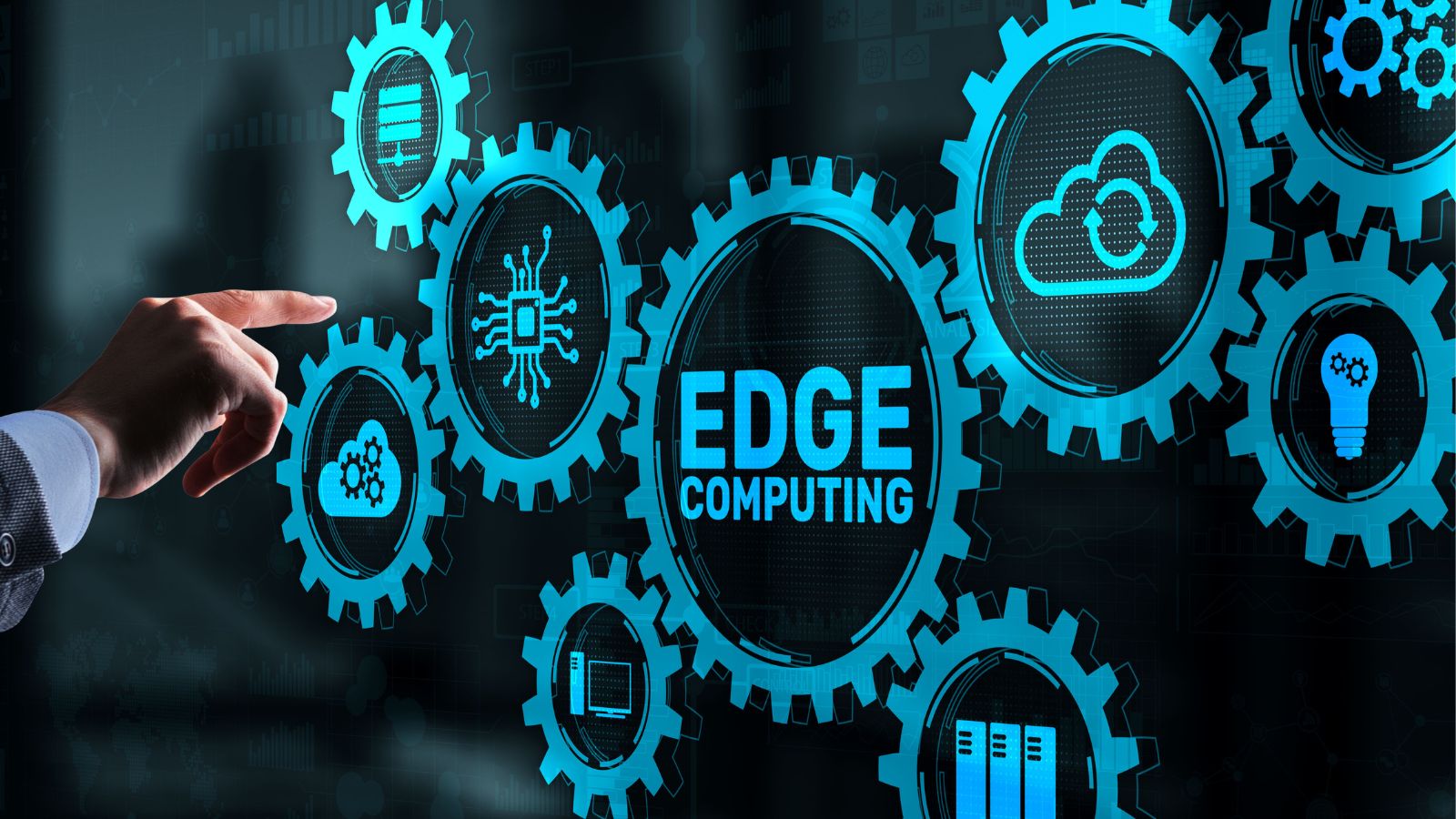Edge computing moves processing from centralized cloud servers to local servers near where you play (such as in Berlin, London or Toronto), reducing distance and significantly lowering latency. That proximity matters when you click “spin” or join a live table: processing game actions closer to users cuts round-trip data time, making gameplay feel as responsive as in physical venues. As a direct result, players enjoy seamless interfaces where delays disappear, linking decisions and outcomes in real time.
Meanwhile, live dealer games maintain fairness with split-second accuracy as every action registers instantly. Here, high-stakes roulette or multiplayer poker streams remain smooth thanks to local input processing, avoiding choppy visuals or lag. A 2025 survey found 97% of online gamers face latency issues, with 34% abandoning sessions due to lag, highlighting the impact of edge-driven performance. Thus, edge computing allows the top online casino sites to deliver high-fidelity gameplay—even under heavy demand—turning online platforms into real-time arenas where visuals, interactions and outcomes unfold without interruption.
From 5G Networks to Edge Nodes: The Backbone of Speed
Edge computing gains even more power when integrated with the speed of 5G and fiber networks. As mobile and home internet infrastructures expand, edge systems take advantage of higher bandwidth and lower packet loss. In practical terms, this means multiple video streams can operate concurrently without buffering; when you join a blackjack table hosted from a distant server, edge technology routes your commands to a local node, which instantly relays actions to the game’s central logic system.
This layered structure keeps interactions accurate without forcing you to rely on faraway data centers—even during peak traffic, your screen won’t stutter or freeze. It allows real-time betting interfaces to update without glitches and reduces the time it takes for cards to be dealt or reels to spin. Combined with 5G’s ability to support ultra-low latency connections, edge computing turns mobile casino play into a fluid, console-like experience. No matter if you’re on your phone or laptop, gameplay remains uninterrupted, regardless of location or time of day.
How Microservices and Redundancy Eliminate Interruptions
Edge computing works hand-in-hand with microservices architecture to deliver more resilient online casino experiences. Instead of relying on a single server to handle everything from game logic to payment processing, online platforms break functions into smaller services, each operating independently. When distributed across edge nodes, these services continue to operate smoothly—even if one component slows down or fails. If the video feed stalls briefly, the betting system still functions. If one node goes offline, another picks up the load.
This fault-tolerant design keeps games running, streams stable and players engaged. The result is a system that quietly anticipates problems and neutralizes them before they affect you. You don’t need to refresh a page or repeat a bet, because the platform adapts instantly; between an automated slot spin or a live blackjack deal, every interaction happens without delay or disruption. Thus, edge-enabled systems offer stability as a feature, maintaining your immersion in the game without making you think about what’s happening behind the scenes.
Real-World Adoption: Proof from Platforms and Providers
Edge computing is no longer an abstract concept, already in use across major casino networks. Top-tier providers integrate edge strategies into their streaming setups, handling live video feeds through localized servers. These platforms rely on proximity-based infrastructure to deliver multi-angle broadcasts with minimal delay. In some cases, casinos host entire game logic modules at the edge, so interactions like button clicks or payout calculations happen closer to the player. This model dually improves performance and reduces load on central servers.
Meanwhile, hardware providers continue to invest in edge-ready gear, offering data center components scaled for compact edge deployment. As regulations become stricter and real-time compliance becomes mandatory, many casinos also use edge systems to monitor sessions locally, minimizing latency in fraud detection and risk assessment. The gaming industry has embraced this transition as equally a performance upgrade and a future-proofing measure. In today’s competitive circumstances, fast, seamless service is a baseline expectation, with edge computing assisting in delivering it.
Why It Matters: Speed, Fairness and Trust for Players
Low latency changes your experience in more ways than smoother animation—in gaming surroundings, speed directly impacts fairness. When commands register without delay, outcomes reflect your timing accurately; there’s no ambiguity about when a bet was placed or a card was dealt. This precision supports trust between platform and player, reinforcing that results aren’t influenced by technical lag. It also means features like live chat with dealers or instant betting adjustments feel natural rather than forced. Meanwhile, transactions, too, benefit from edge infrastructure.
Authentication and deposits processed near your physical location happen faster, shortening the time between intention and action. And, with fewer long-distance data transmissions, your personal and financial information is exposed to fewer points of risk. For players, edge computing translates to faster games, fewer disruptions, more control and stronger data integrity. It constructs a reliable climate where your experience is prioritized from a performance and a security standpoint—delivering the kind of gameplay that keeps you returning.
Key Takeaways
- Edge computing cuts latency by up to 90%, reducing lag and making online casino gameplay feel as responsive as offline play.
- 95% of online gamers report latency issues, with up to 78% abandoning sessions due to lag—edge computing directly addresses this.
- Edge-based microservices keep games running smoothly, even during high traffic, preserving fairness and player trust.


